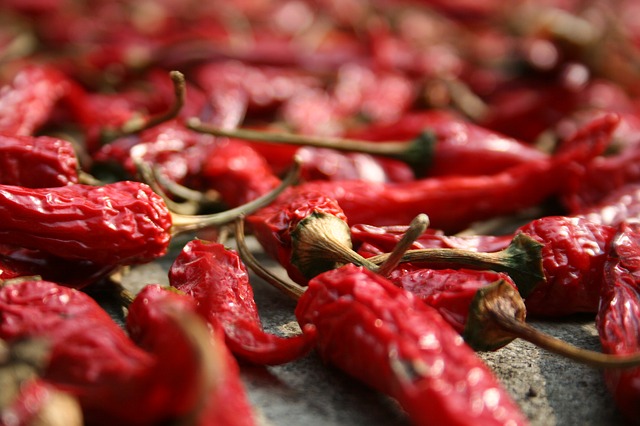
Rosacea involves inflammation and redness of the skin on the face. You might visit the doctor when you first notice small red pimples on your forehead, nose, cheeks, and eyelids. The bad news is that this disorder has no cure. The good news is that effective rosacea treatment is possible with attention to lifestyle. I like to educate my patients about ways to avoid unpleasant flare-ups.
Potential Triggers
A number of foods can cause the body to respond with a flare-up of symptoms. While these triggers can be different for everyone, some foods are common culprits. Pay attention to your symptoms as you eat certain menu items. You might want to consider eliminating the following cuisine from your diet:
* Spicy foods
* Caffeinated beverages (coffee and soft drinks)
* Hot foods and drinks
* Alcoholic beverages
The Role of Alkaline
Eating a diet high in acidic foods can lead to vascular dilation, which is associated with rosacea. Examples of acidic foods include foods high in sugar and trans fats, as well as coffee, tea, and alcohol. Artificial sweeteners can be another offending ingredient that causes symptoms in some people. An alkaline diet could help with rosacea treatment. This type of eating plan consists of lots of water, low-sugar fruits, cleansing vegetables, soups and salads, and omega oils. A high-fiber diet with a focus on fresh and whole foods is often beneficial.
Supplements
Take a multi-vitamin and a multi-mineral every day. Digestive enzymes may also play an important role in overall health. Supplements such as evening primrose oil and black currant oil are high in gamma-linolenic acid, which is effective for promoting good skin health. Taking ginger and turmeric every day may also help ease inflammation.
With comprehensive rosacea treatment that involves dietary changes, it’s possible to experience vast improvements in symptoms.
